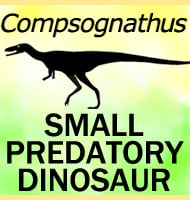Anchiornis
In Depth In terms of size, Anchiornis was a very small dinosaur indeed, though this is not the claim to fame for the genus. Anchiornis is known to have been feathered and one specimen is so well preserved that palaeontologists have been able to determine what colour and pattern these feathers were in life. Anchiornis … Read more

